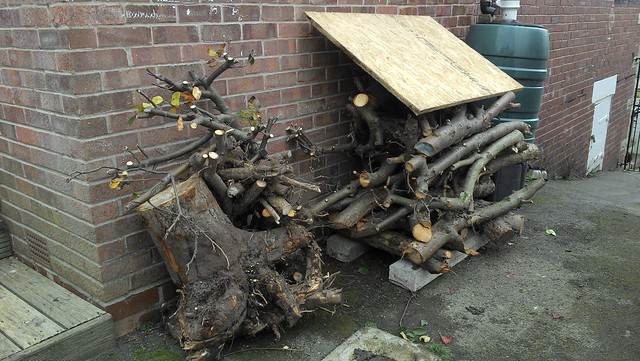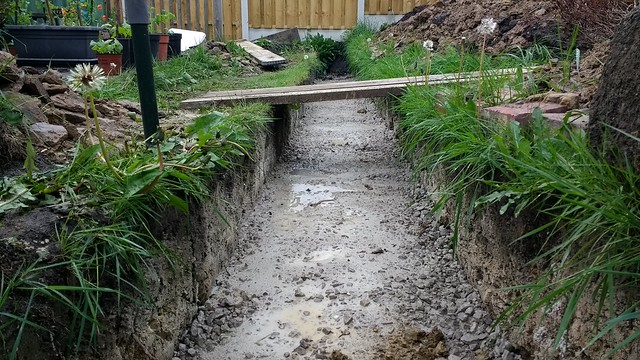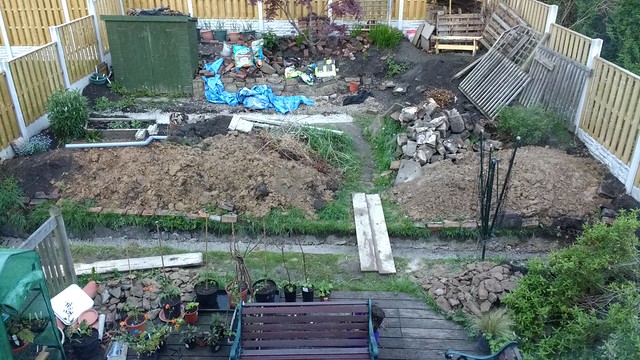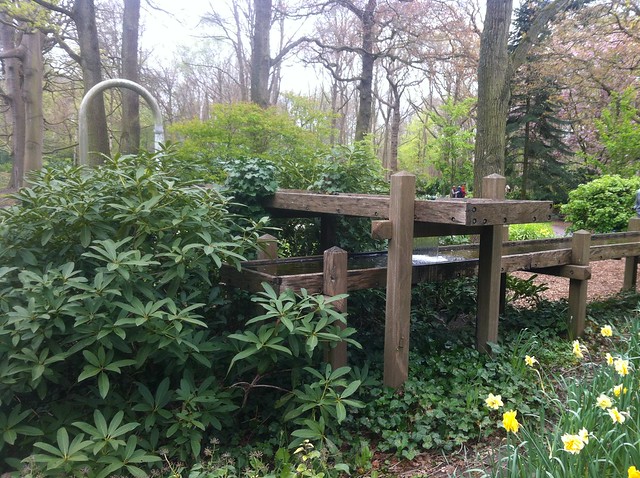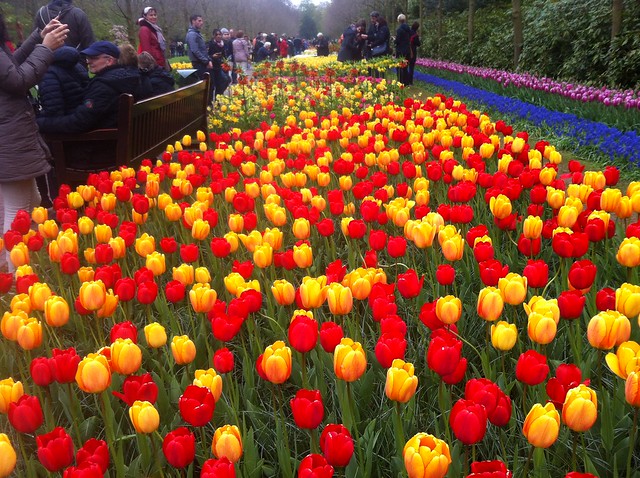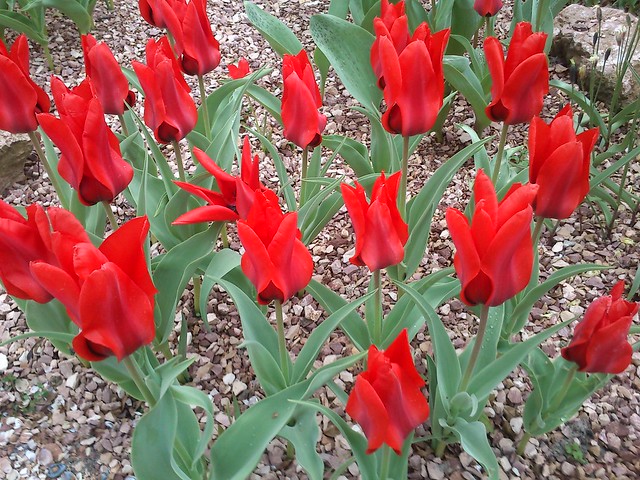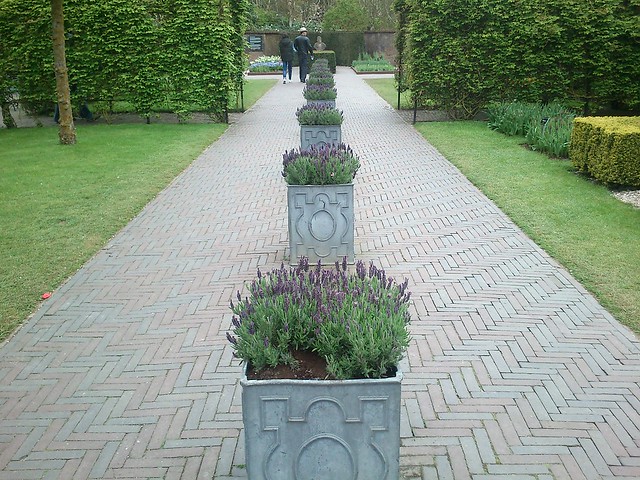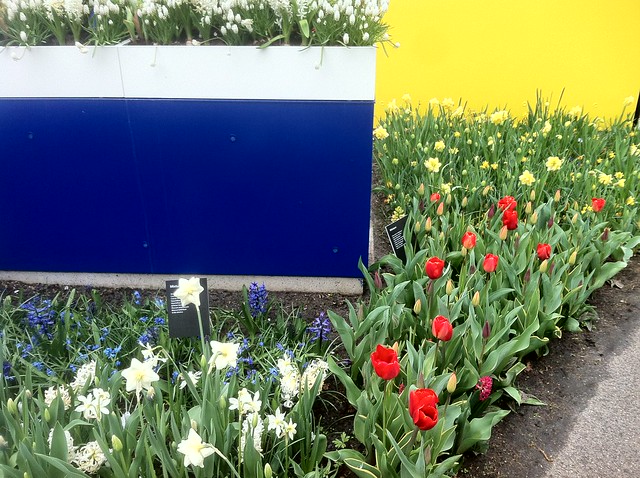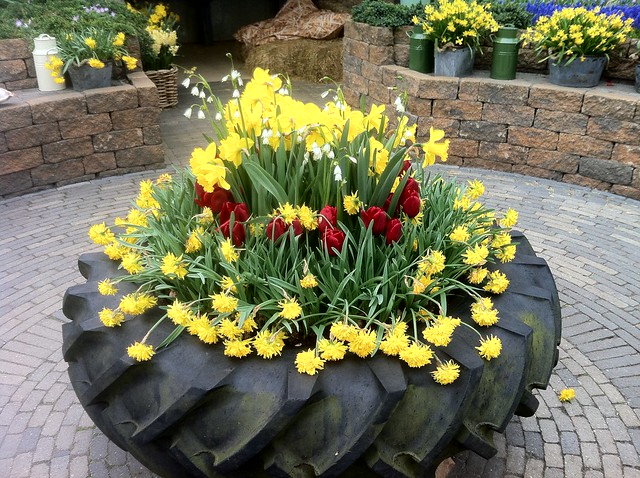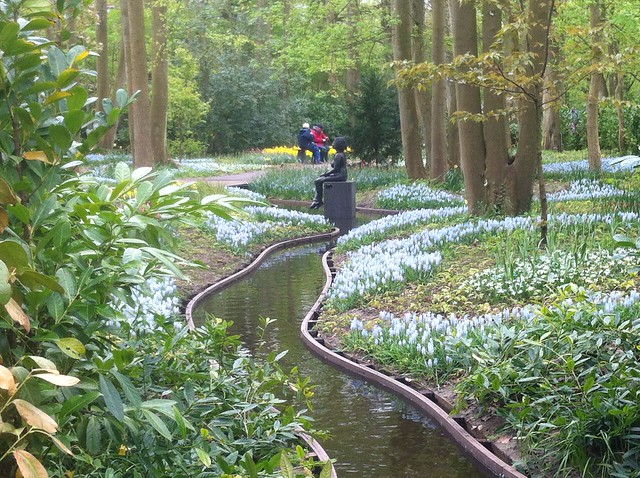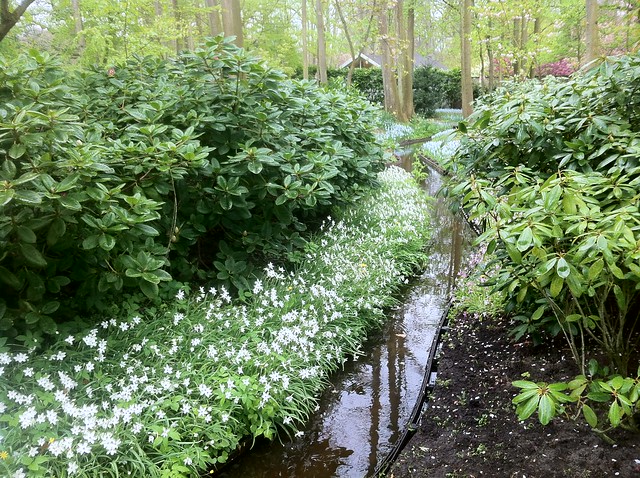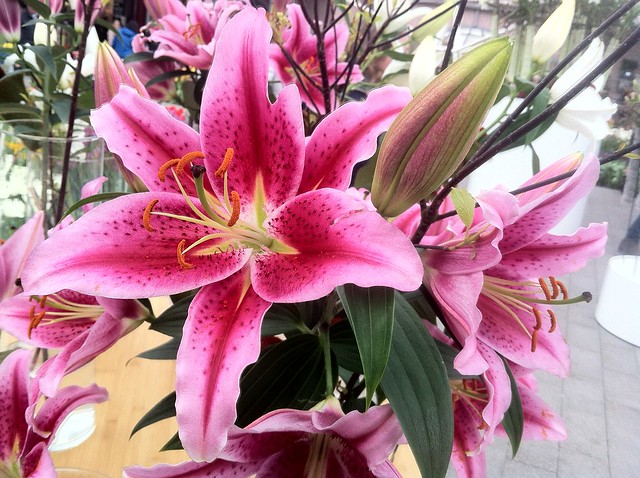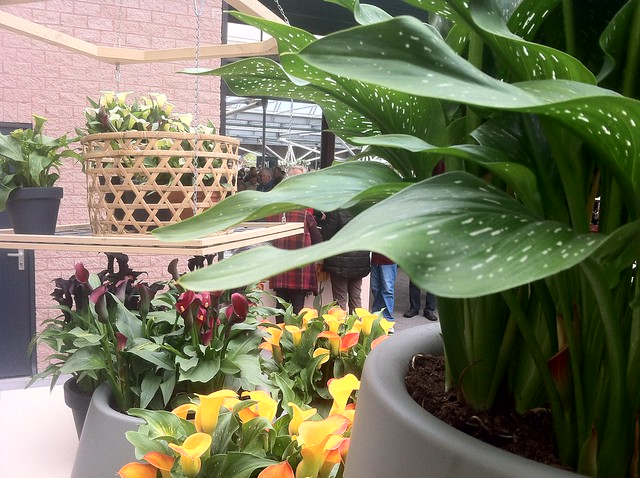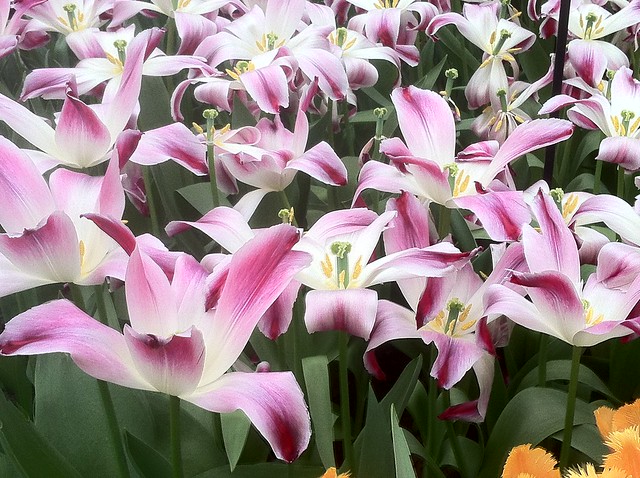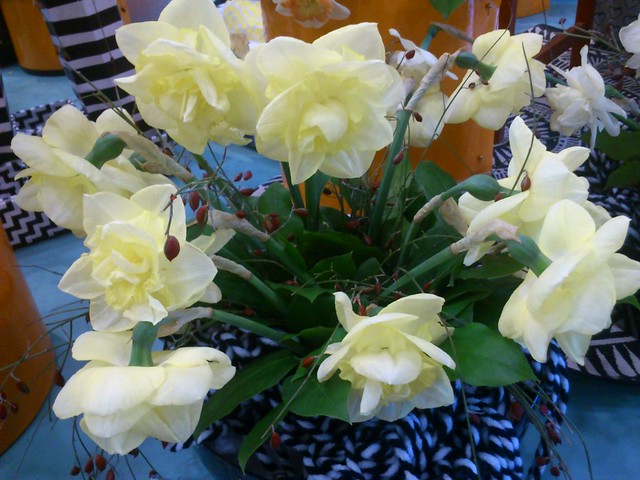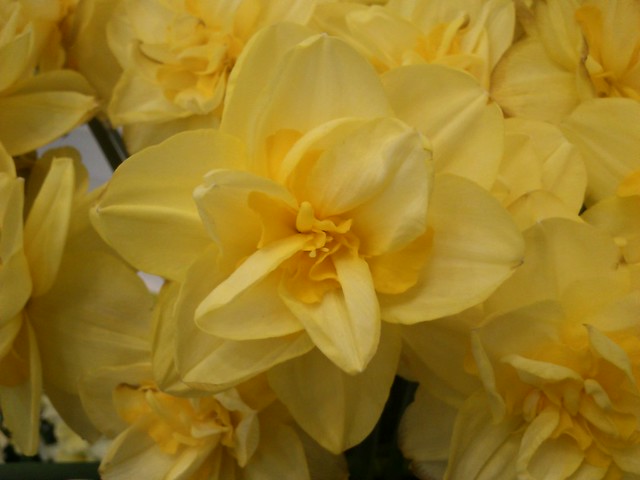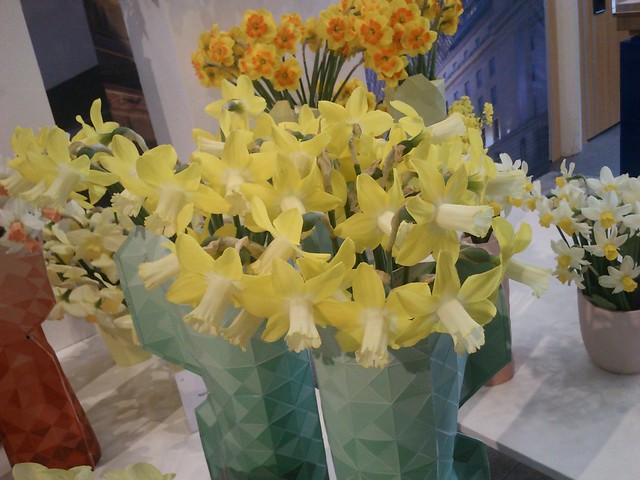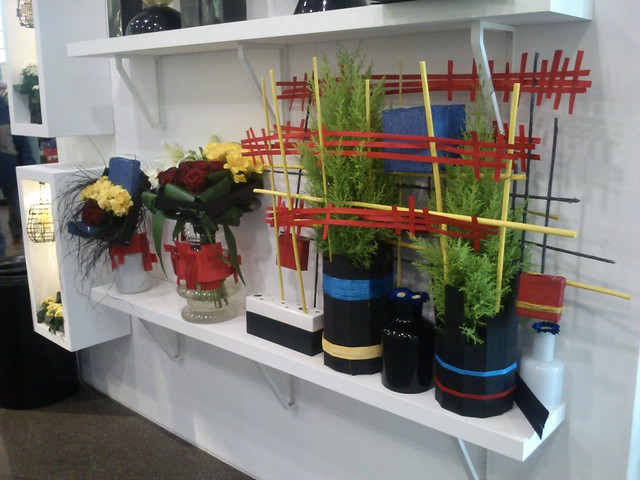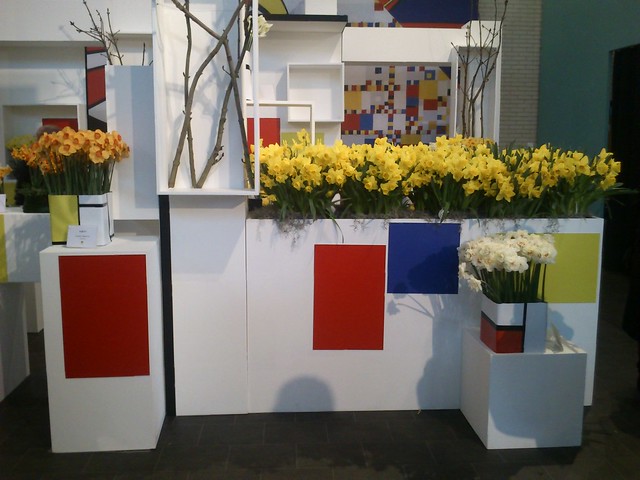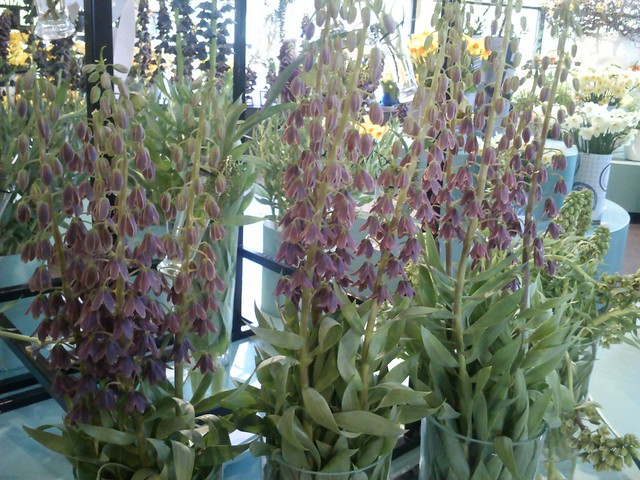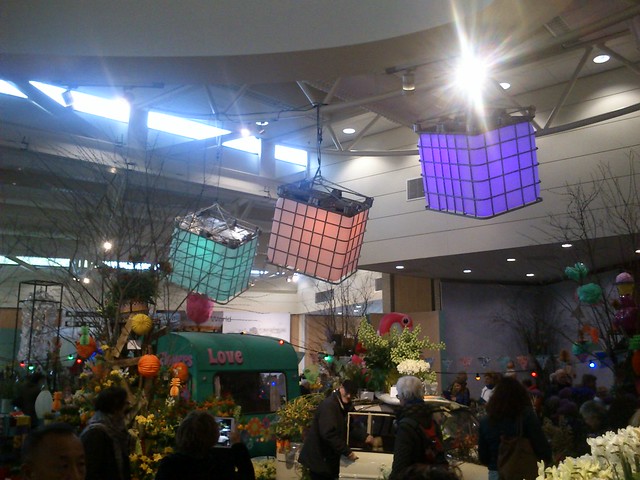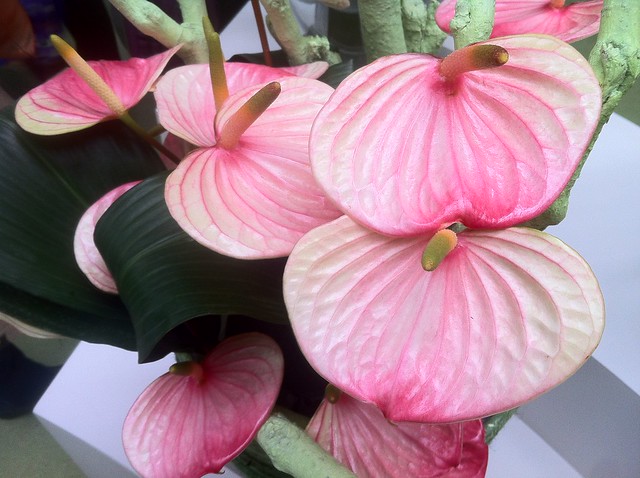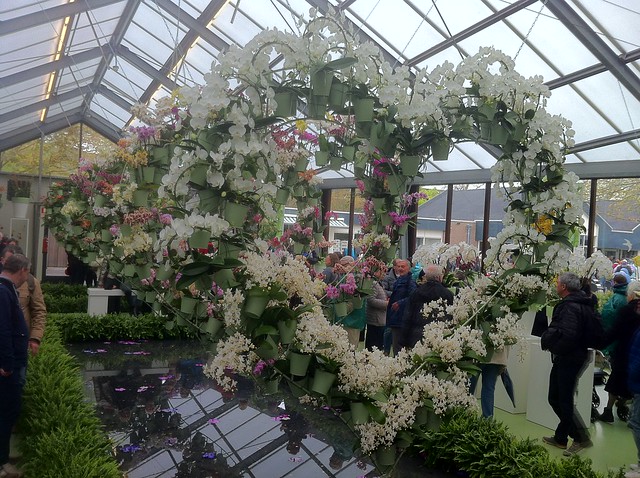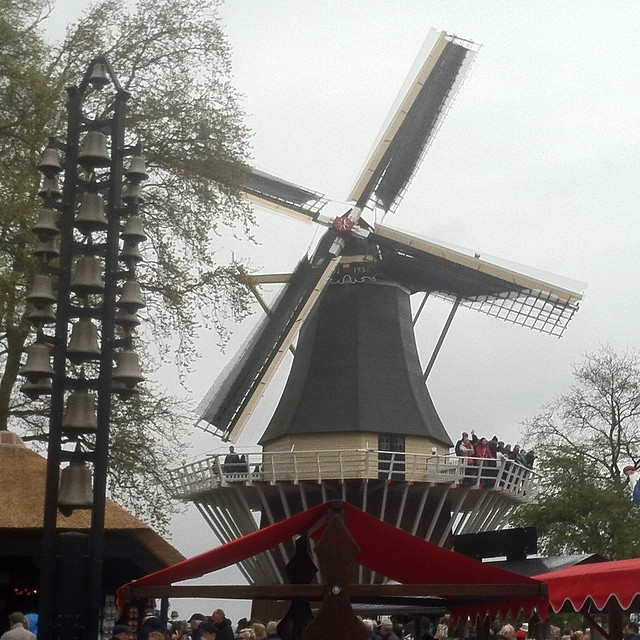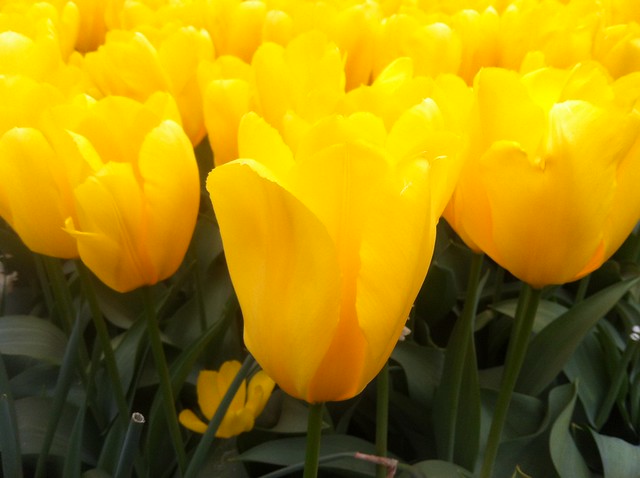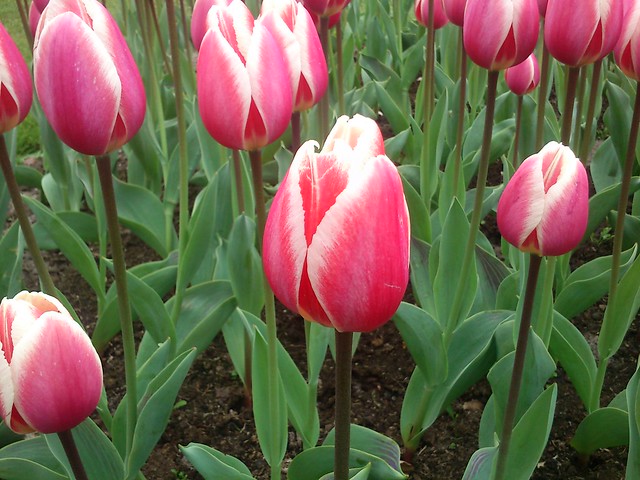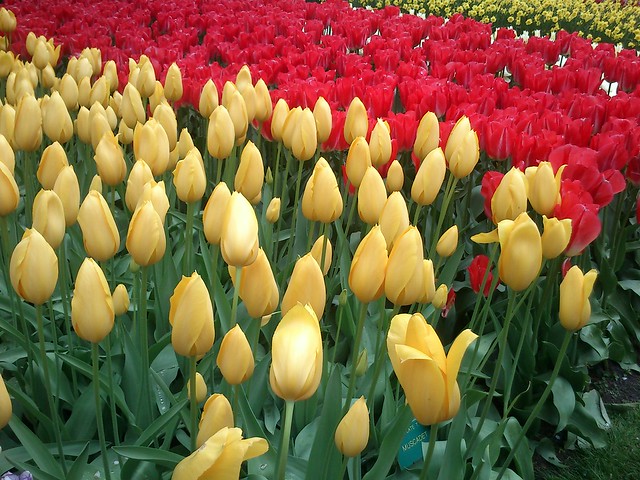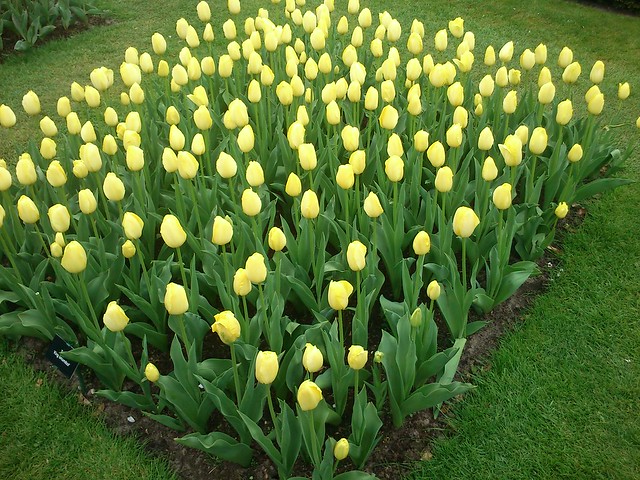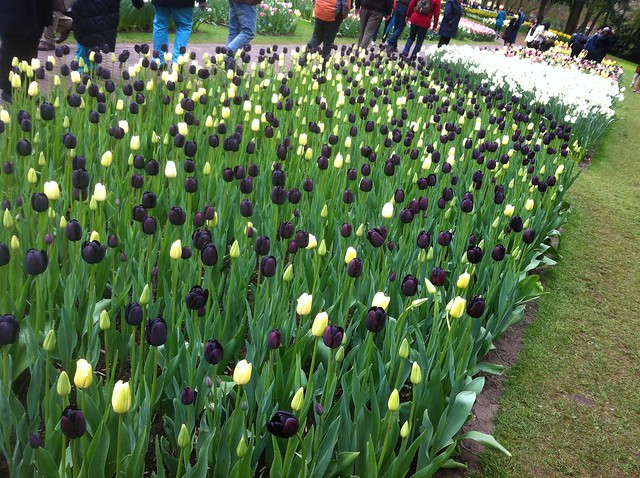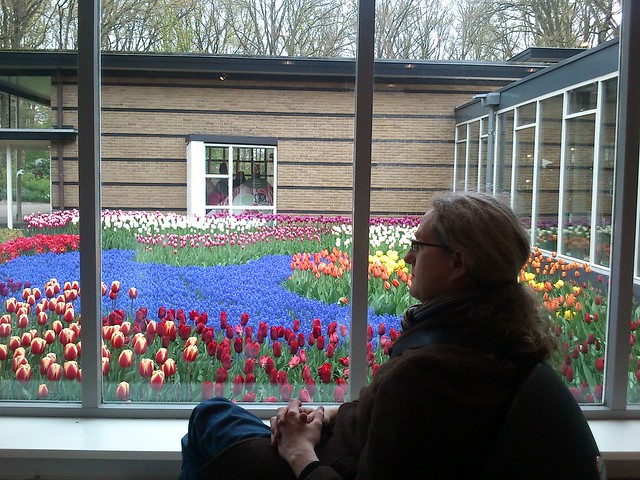Chainsawing logs and fixing up the new store and old water butt
Now that we’ve had the concrete footings laid (and they couldn’t get the damn mixer up the drive anyway) it was time for me to return both the log store and the water butt to their rightful locations on the drive.
Water butt
Our house’s previous owners (who we always call The Chumps) had a water butt for years that had neither an overflow nor a properly fitted downpipe above it: as such, in heavy rain the butt would pour water down the driveway; and in high winds the section of drainpipe immediately above it would fall off.
Fitting an overflow turned out to be fairly straightforward; as far as the drainpipe went, though… I’d previously tried to tie things in place but, with the water butt in position, I couldn’t safely get a ladder close enough to accomplish anything more permanent.
However, now that the driveway was clear, I had my chance; and I took it:
Above the water butt, you can see on the left a narrow drainpipe, and to its right the wider soil pipe from the bathroom, leading straight into the ground. Half-way up the drainpipe you should be able to see the support I drilled in place.
It was all very sturdy when I was finished, but when replacing the butt I realised that, with the pipe forced to be closer to the wall, its spout no longer made it all the way to the butt. Hence one fix has simply led to the next bit of jury-rigging:
Maybe we’re just as bad as the Chumps! Only, this now works perfectly well, and I’ve got it on my list to get some more piping or guttering. If nothing else, we’re making small, incremental improvements.
Speaking of which, you can see just at the bottom-left of that earlier photo a newly elevated storage platform, which leads me neatly on to the….
Log store
Here’s a reminder of how much space the apple wood took up; back in November, before we moved it:
Back then, it didn’t even sit on an elevated wooden platform: just the two concrete pillars. And it still took up a lot of vertical space!
And most recently, in its temporary home beside the decking and euonymous:
But before moving the logs, I really wanted to chop them up. Our neighbour lent me a cheap Titan chainsaw with a blunted chain, and after literally scorching a few of the cuts I tried to make (this is a common symptom of a blunt chain, I’ve since learned) I swapped in a new chain and got to work.
A few logs in, the stage is set:
You can see I’m using the eventual platform for the log store, to cut logs on without doing too much damage to the decking. I’m also wearing the quite thick gloves you see there (and safety glasses that you can’t), but really the most important safety is the chain brake inside the saw.
Half way through, I already had a lot of both logs and a lot of sawdust and wood shavings:
As I made many of the cuts while sat down on the decking steps, and as I was wearing shorts, I can confirm that wood shavings get everywhere.
Eventually, almost all of the wood was cut up, except for the old rootball: the soil on this almost immediately blunted the new chain, and the wood began to merely char again!
So I gave up on cutting, and instead all of the logs to the platform on the drive, using the hewn-but-unsawed rootball to prop up the old store roof and almost entirely cover the logs:
Comparing this with the November photo of the log store, way above, you can see that the sawn logs take up about half of the vertical height, and now almost none of them spill out from the structure! This last photo was taken after the rain overnight, so you can see that most of the wood remains pretty much dry.
Perfect timing, on all fronts: the water butt is now filling up nicely in its new location, and the wood is all kept out of the rain, and ready for the wood-burning stove that as yet is only a would-like on our long-term, lottery-win shopping list. But small, incremental improvements seem to be the way to go. If nothing else, I’ll get a chiminea!


